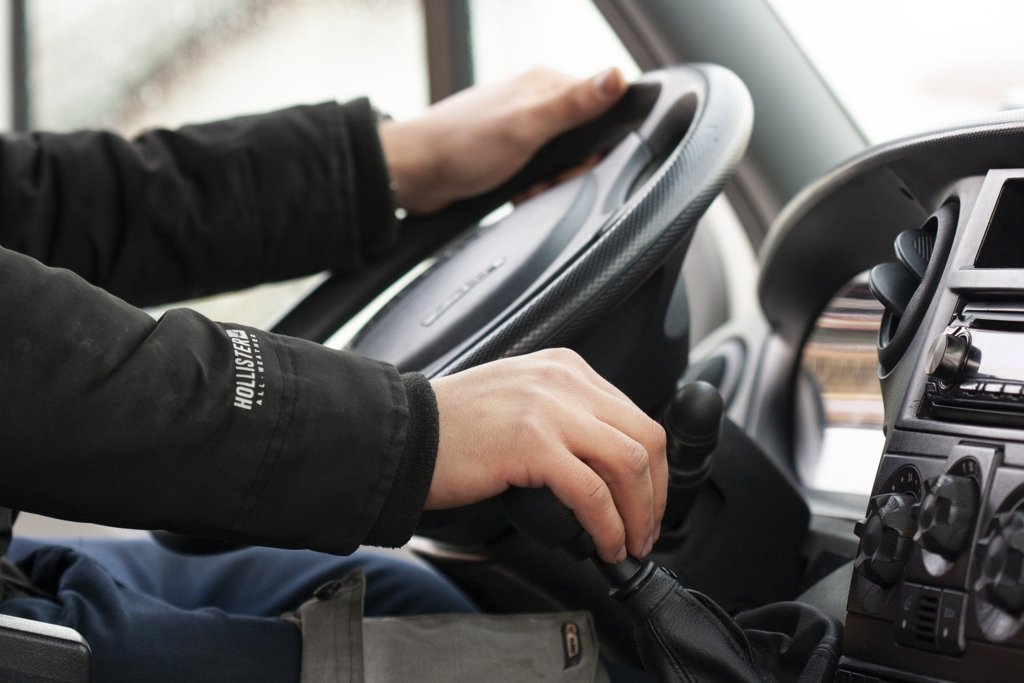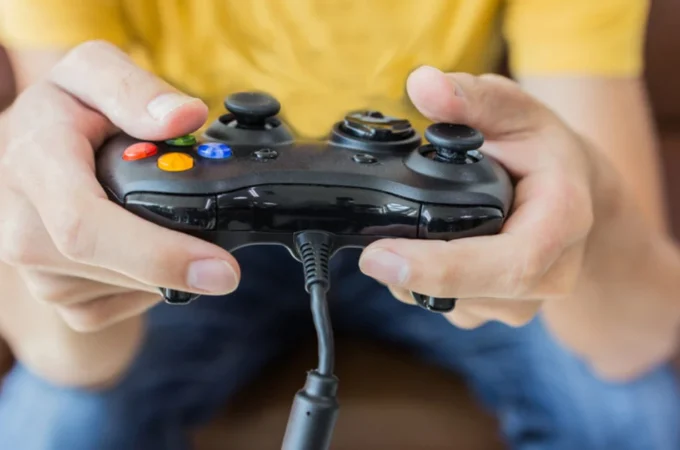
What You Should Check on a Used Car’s Exterior: Your Handy Guide
When checking a used vehicle for sale, the first rule is to check it during the daytime. That way, it will be easier to see any dents or scratches on the paint and see if the vehicle is properly aligned (especially if you inspect it on even ground). But, as any vehicle expert would tell you, the inspection of a used car would often comprise more – particularly on its exterior, such as the tires, the body, and more. All in all, if the car looks good on the outside, the chances are high that it also looks good on the inside. But what else should you check on a used car’s exterior? Here’s your handy guide.

- Inspect the paint
As mentioned, checking the exterior of a used vehicle is best done during the day, and you can start by looking at each of the car’s panels to see if there’s a difference between the glare of the car’s paint and its texture. For instance, a surface that has been repainted will shine more than the rest of the car’s surfaces. And it’s a fact that the original paint on a vehicle will often have several coat layers, making it linear and smooth. Meanwhile, if the car was painted after it was bought, this tends to be rough on the surface, which shows. It is also important to inspect the paint along the bolts and joints because if they have been repainted, their color will look different, too.
At the same time, you should check underneath and at the corners of the vehicle for signs of rust. You should examine, in particular, the side sills and the cross-member along the front. Again, it helps if you bring a flashlight for the job. In addition, if the car has sustained flooding or heavy rains, it will show corrosion – and you are better off with the next vehicle.
The exterior doesn’t just mean the exterior that you can see – it also refers to the part of the vehicle which you can’t see but is located outside, such as the underbody. So check the car’s underbody for rust as well, and check the sides as well as the wheel arches.
- Check for modifications
Sometimes, a seller will modify their car (and roughly handle them) – and then decide to sell them after all. That being said, be careful – and carefully inspect – any modifications done on the pipes, air filters, exhausts, and even the suspension, as used car Utah experts such as Young Automotive often recommend. Also, check the wheels to see if they have been replaced. Here’s a tip that every car buyer should know: if a car has undergone some serious modifications, it usually means it has gone through rigorous and intense handling and driving. This could also mean that the vehicle has damage to the engine and has accelerated heavily. It’s best to stay away from such vehicles, although you can do some cross-checking with the seller to be sure.

- Examine the car for any major repairs
Be aware that almost every car would have dents, especially on the rear and front bumpers and the side doors. Dents or scratches in these parts shouldn’t be too much of a worry, and the seller should have no problem taking care of them. What you should avoid, though, is a car that has been entirely redone.




